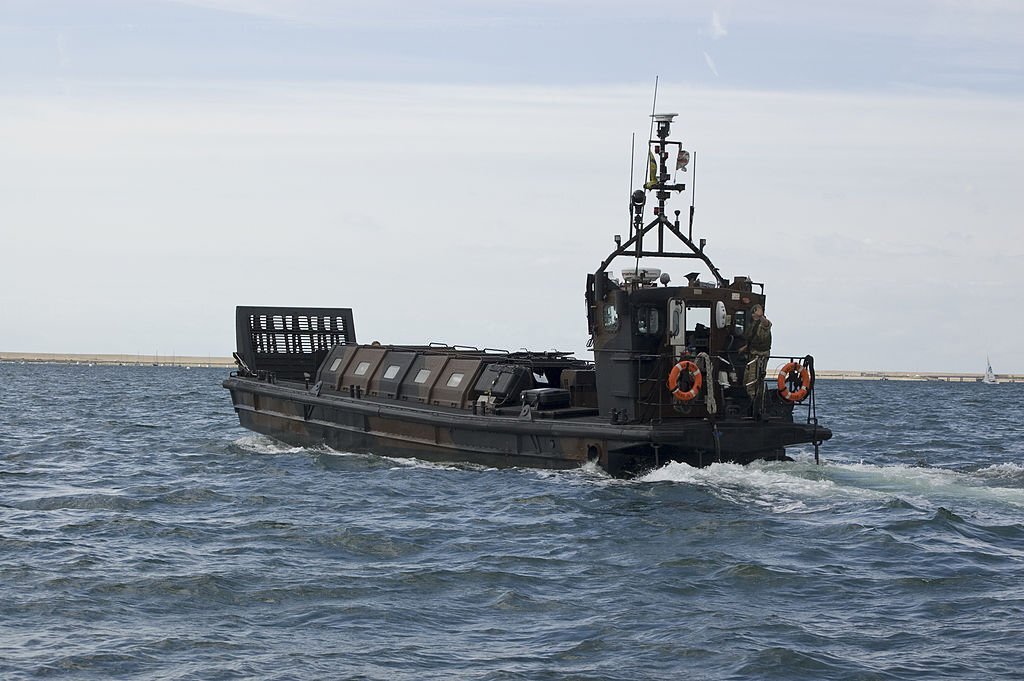
Introduction:
Marine operations are a dynamic realm that demands specialized heavy equipment to navigate, construct, and maintain structures in aquatic environments. From colossal vessels to precise machinery, these essential tools ensure the success of tasks performed on water. In this comprehensive article, we delve into the diverse types of heavy equipment used in marine operations, highlighting their functions, applications, and significance in driving efficiency and safety in maritime activities.
Types of Heavy Equipment in Marine Operations:
1. Dredgers: Dredgers are vital for removing sediment, sand, and debris from the seabed, creating channels for navigation, reclamation, and beach nourishment.
2. Offshore Platforms: These immense structures support drilling, production, and exploration activities in offshore oil and gas fields, enabling extraction beneath the ocean floor.
3. Floating Cranes: Floating cranes efficiently lift and transport heavy loads, facilitating tasks like loading and unloading cargo, salvage operations, and construction.
4. Marine Excavators: Marine excavators are versatile machines capable of dredging, excavating, and land reclamation, often equipped with specialized attachments for underwater work.
5. Tugboats: Tugboats are powerful vessels that assist larger ships by pushing or pulling them, guiding them into docks, or aiding in salvage operations.
6. Underwater Robots (ROVs): Remotely Operated Vehicles (ROVs) are unmanned robots equipped with cameras, sensors, and manipulators, used for underwater inspections, research, and tasks in challenging depths.
7. Jack-up Rigs: These mobile platforms are used in offshore drilling, where they can be jacked up above the water surface to provide stability during operations.
8. Marine Pile Drivers: Marine pile drivers are crucial for installing foundation piles underwater and are essential for constructing piers, docks, bridges, and other marine structures.
9. Marine Transport Vessels: These vessels, including cargo ships, tankers, and container ships, facilitate the transportation of goods across water bodies.
10. Survey and Mapping Equipment: Devices like sonar systems, bathymetric survey equipment, and hydrographic instruments are used to map and survey underwater terrains.
Applications and Importance of Heavy Equipment in Marine Operations:
1. Infrastructure Development: Heavy equipment is vital for constructing and maintaining ports, piers, breakwaters, and other maritime infrastructure.
2. Resource Exploration: Offshore platforms and drilling equipment play a pivotal role in oil, gas, and mineral exploration beneath the sea floor.
3. Salvage Operations: Floating cranes and underwater robots are instrumental in recovering sunken vessels and salvaging cargo.
4. Dredging and Land Reclamation: Dredgers and marine excavators ensure navigable waterways, create new land and restore coastlines.
5. Environmental Research: Underwater robots and survey equipment are employed in marine research and environmental assessments.
Challenges and Innovations:
1. Harsh Environments: Marine operations face unpredictable weather conditions, harsh seas, and deep-sea pressures, necessitating equipment durability.
2. Environmental Concerns: Innovations aim to reduce the environmental impact of marine operations through fuel efficiency, emissions control, and waste management.
3. Autonomous Systems: Advancements in autonomous technology enable remotely operated heavy equipment, enhancing safety and efficiency.
4. Submersible Machines: Underwater robots are evolving to withstand greater depths, offering extended exploration capabilities.
Future Prospects for Marine Heavy Equipment:
1. Sustainable Practices: Green technologies will play a pivotal role in reducing the ecological footprint of marine operations.
2. Automation and Robotics: Further integration of automation and robotics will enhance the precision and safety of underwater tasks.
Conclusion:
The array of heavy equipment utilized in marine operations embodies the engineering marvels that enable seamless and efficient maritime activities. From excavation to transportation, each type of machinery contributes uniquely to the tasks performed on water. As technology continues to evolve, innovation and sustainability will shape the future of marine heavy equipment, ushering in an era of enhanced efficiency, reduced environmental impact, and pioneering achievements in the realm of aquatic construction and exploration.

